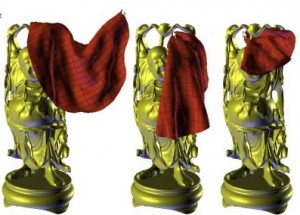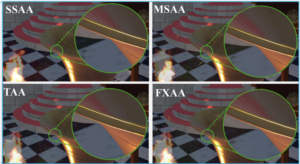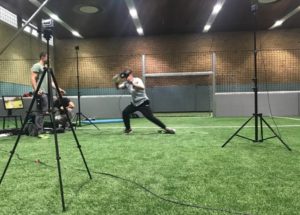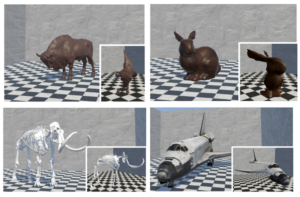Real-Time Collision Detection for Dynamic Virtual Environments
Gabriel Zachmann, Matthias Teschner, Stefan Kimmerle, Bruno Heidelberger, Laks Raghupathi, and Arnulph Fuhrmann
In: IEEE Virtual Reality Tutorials, 2005
Abstract
Collision detection is an enabling technology for many virtual environments, games, and virtual prototyping applications containing some kind of physically-based simulation (such as rigid bodies, cloth, surgery, etc.). The persistent interest in collision detection by both academia and industry is due to the large variety of applications as well as new challenges in new application domains, such as virtual clothes fitting. This tutorial will give an overview of the different classes of algorithms, and then provide attendees with in-depth knowledge of some of the important algorithms within each class, focusing in particular on recent approaches, such as stochastic methods or image-space techniques. Attendees will learn to select the one most appropriate for their application, and implement it with only very little further research. The intended audience are practitioners and students working in 3D computer graphics. Topics to be addressed – hierarchical collision detection – stochastic methods – distance fields – spatial subdivisions – image-space techniques – continuous collision detection – non-polygonal object representations (e.g., point clouds)
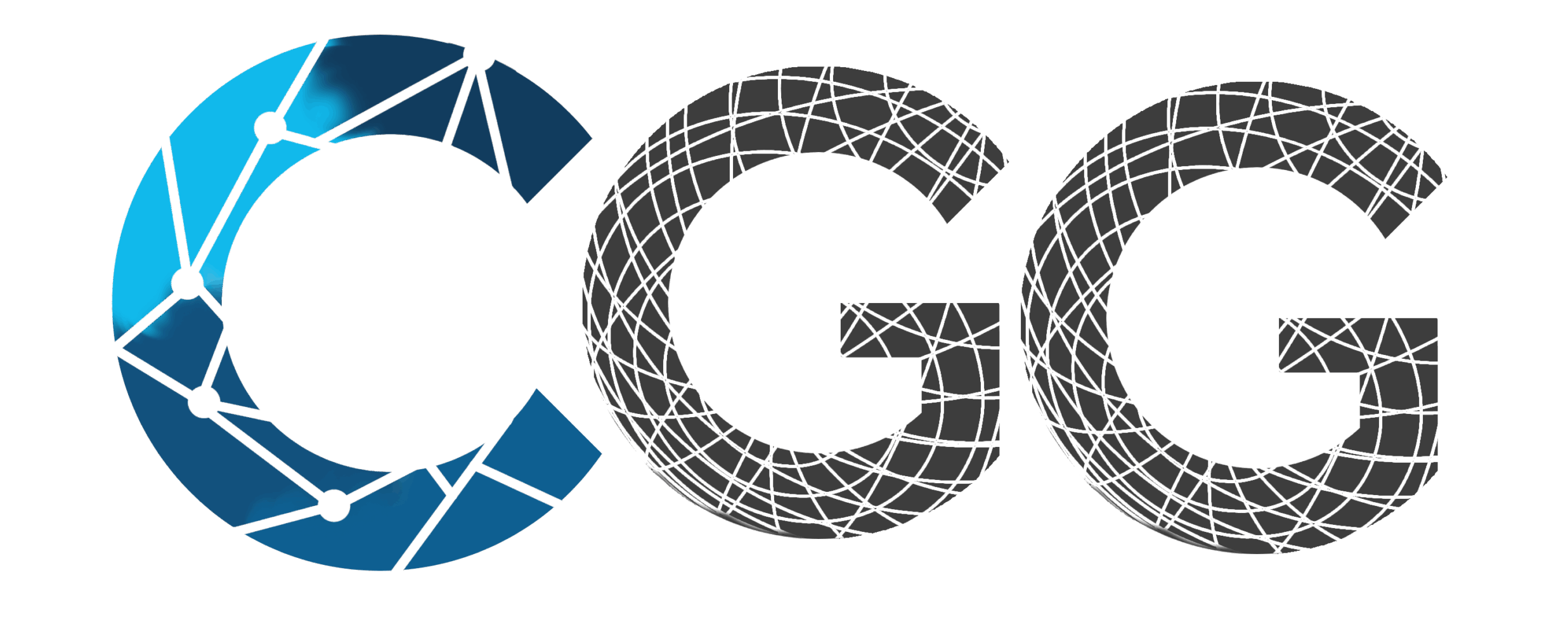
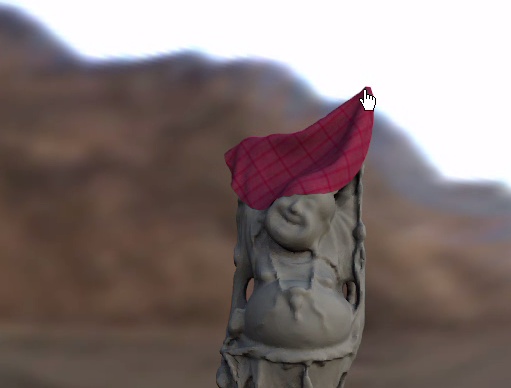
 Presentations and movies.
Presentations and movies.